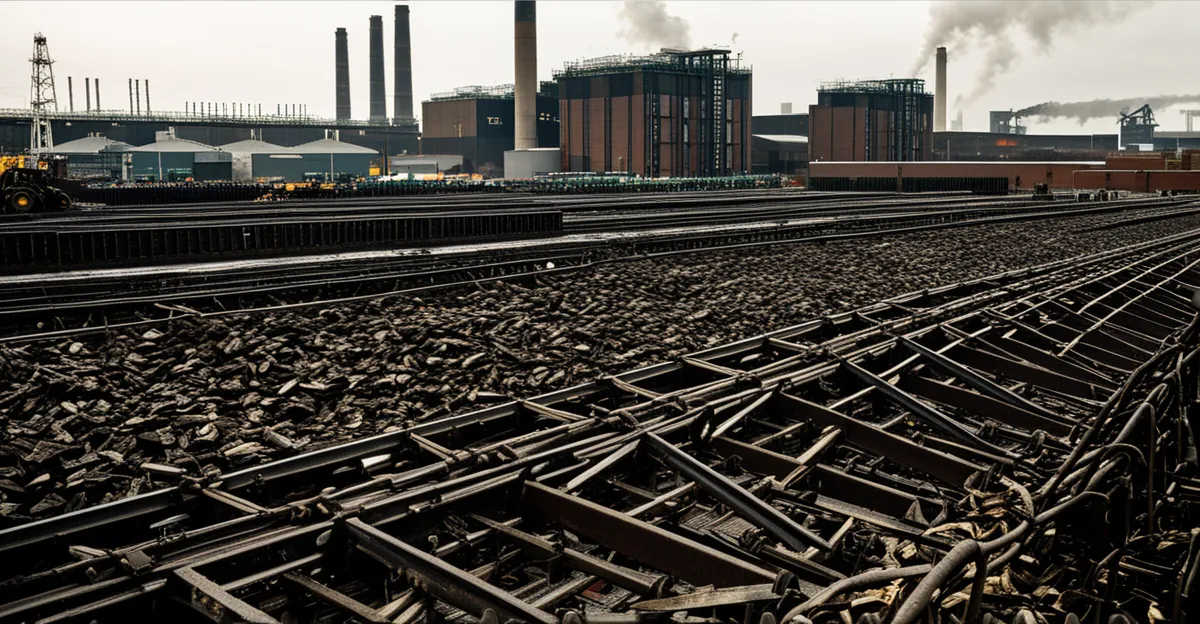Overview of Recent UK Industrial Strikes
Over the past year, the UK has experienced a notable increase in industrial strikes, with several high-profile labor actions impacting critical sectors. The recent labor actions have prominently affected transport, healthcare, and education. For instance, rail workers and bus drivers staged widespread strikes, causing significant disruption to public transit systems. Similarly, healthcare unions organized walkouts demanding better pay and improved working conditions, while school staff participated in strikes highlighting funding and pay concerns.
Statistically, the frequency of UK industrial strikes has surged compared to previous years, underscoring growing tensions between employees and employers. Reports indicate multiple strike days across different sectors, with some episodes involving tens of thousands of workers. These events not only reveal the scale of dissatisfaction but also the capacity of organized labor to mobilize effectively.
Also to see : What are the recent advancements in UK healthcare services?
Understanding these strike statistics is crucial to grasp the broader socio-economic context in which they occur. The sustained wave of industrial action reflects deep-seated challenges in labor relations and public service funding, marking a significant chapter in the UK’s recent industrial landscape.
Immediate Government Economic Policy Responses
The UK government response to rising UK industrial strikes has been swift, focusing primarily on economic policy adjustments to ease tensions. Following extensive recent labor actions, officials prioritized discussions around public sector pay, acknowledging the central role of compensation in the disputes. For example, the government introduced increased pay offers and improved negotiation frameworks aimed at sectors most affected by strikes, such as healthcare and transport.
Topic to read : How do UK news organizations maintain credibility in a digital age?
In addition to wage proposals, some departmental statements emphasized enhancing working conditions, reflecting broader policy shifts beyond mere financial adjustments. These strike-triggered policy moves are designed to curtail further disruptions and reduce the economic fallout from ongoing labor unrest. The government’s approach also included setting up dedicated task forces to engage unions directly, aiming for timely resolutions.
Policy changes appeared most rapidly in the public sector, where strike impacts affected crucial services. Officials and policymakers stressed a willingness to listen but balanced this with budgetary constraints. This nuanced stance, combining fiscal prudence with responsiveness, illustrates the evolving nature of the UK government response amid sustained industrial action.
Impact on Economic Growth and Public Services
The UK economic impact of recent labor actions has been marked by measurable declines in productivity and increased strain on public services. Industrial strikes have directly influenced public service disruption, particularly within the NHS and public transport networks. For example, staff shortages during healthcare strikes resulted in delayed treatments, while transport strikes caused widespread commuting difficulties, further slowing economic activity.
From a GDP perspective, the cumulative effect of multiple strike days across sectors has contributed to short-term economic contraction. Businesses experienced losses due to interrupted supply chains and reduced consumer spending, translating into quantifiable setbacks. According to industry estimates, the disruptions led to millions of pounds lost daily, emphasizing the material cost of persistent labor unrest.
Moreover, the knock-on effect on essential services highlights broader societal implications. Delayed public transit and reduced healthcare availability strain daily life, compounding economic slowdowns. Understanding these impacts clarifies why policymakers prioritize resolving the root causes of strikes. Overall, recent strike statistics underscore the tangible relationship between labor unrest and the UK economy’s performance.

Comments are closed